Steps of 5S Methodology in Manufacturing: A Overview Guide to 5S
1. Sort (Seiri):
The first step in the 5S methodology is sorting through all items in the workspace. This involves separating the necessary tools, equipment, and materials from the unnecessary ones. The goal is to eliminate clutter and ensure that only essential items are retained in the work area. By decluttering the workspace, manufacturers can reduce the time wasted searching for tools and materials, thereby improving overall efficiency.
2. Set in Order (Seiton):
Once unnecessary items have been removed, the next step is to organize the remaining items in a systematic manner. This involves assigning specific locations for each tool and material based on factors such as frequency of use and workflow. By organizing the workspace in this manner, manufacturers can minimize the time spent retrieving and returning items, leading to smoother production processes.
3. Shine (Seiso):
A clean workspace is essential for efficient manufacturing operations. The shine step of the 5S methodology involves thoroughly cleaning the work area and equipment on a regular basis. This not only improves the aesthetics of the workspace but also helps identify and address any maintenance issues before they escalate. A clean and well-maintained workspace fosters a culture of pride and professionalism among employees, leading to higher quality output.
4. Standardize (Seiketsu):
Consistency is key to sustainable improvement. The standardize step of the 5S methodology involves developing and implementing standardized procedures for workplace organization and cleanliness. This ensures that everyone in the organization follows the same practices, regardless of shifts or personnel changes. Standardization helps maintain the gains achieved through the first three steps of the 5S methodology and provides a framework for continuous improvement.
5. Sustain (Shitsuke):
The final step of the 5S methodology is perhaps the most crucial: sustaining the improvements over the long term. This requires ongoing commitment and discipline from everyone in the organization, from top management to frontline workers. Regular audits and inspections can help identify any deviations from the standard practices and address them promptly. By ingraining the 5S principles into the organizational culture, manufacturers can ensure continuous improvement and long-term success.
Conclusion:
In today’s competitive manufacturing landscape, efficiency and quality are non-negotiable. The 5S methodology provides a proven framework for achieving these goals by systematically organizing the workspace, optimizing workflow, and fostering a culture of cleanliness and standardization. By embracing the principles of 5S, manufacturers can streamline their operations, reduce waste, and ultimately deliver greater value to their customers.
Revolutionizing Metal Deburring with Chemical Deburring: Automate Manual Deburring
Introduction In the realm of precision engineering, achieving flawless surfaces on metal parts is crucial…
Tackling the Challenges of Medium and High Volume Manufacturing: Effective Mitigation Strategies
Introduction Medium to high volume manufacturing is characterized by the production of large quantities of…
Top 4 Manufacturing Facility Design Consulting and Plant Layout Consultants
Introduction In the fast-paced world of manufacturing, efficiency is not just a goal but a…
Production Planning in Manufacturing: Tools and Programs for Enhanced Efficiency
Introduction to Production Planning In the dynamic world of manufacturing, optimizing production schedules is crucial…
Essential Guide for Deburr Methods in Modern Manufacturing
Introduction to Deburr Methods in Manufacturing In the world of manufacturing, precision and quality are…
Facility Design in Manufacturing Plants: Work Cells, Machinery, and Tooling
Introduction to Facility Design and Planning Facility Design is a critical aspect of manufacturing plant…
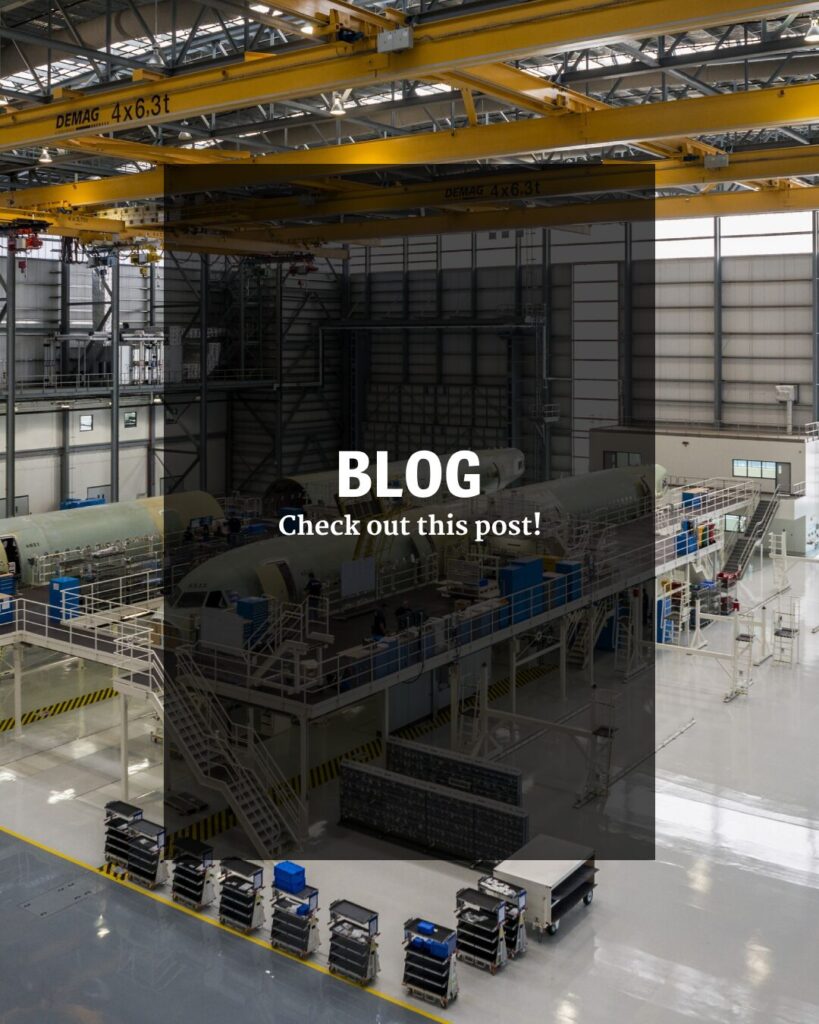
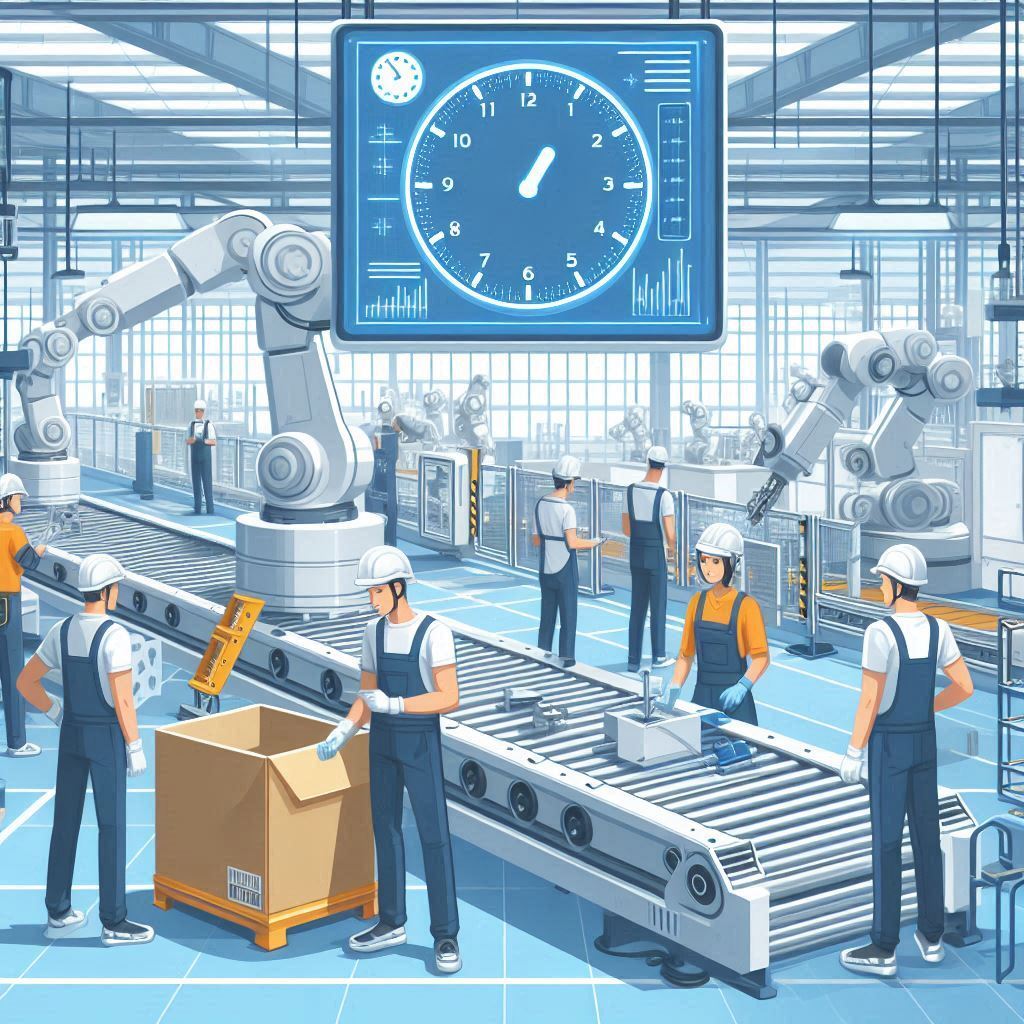
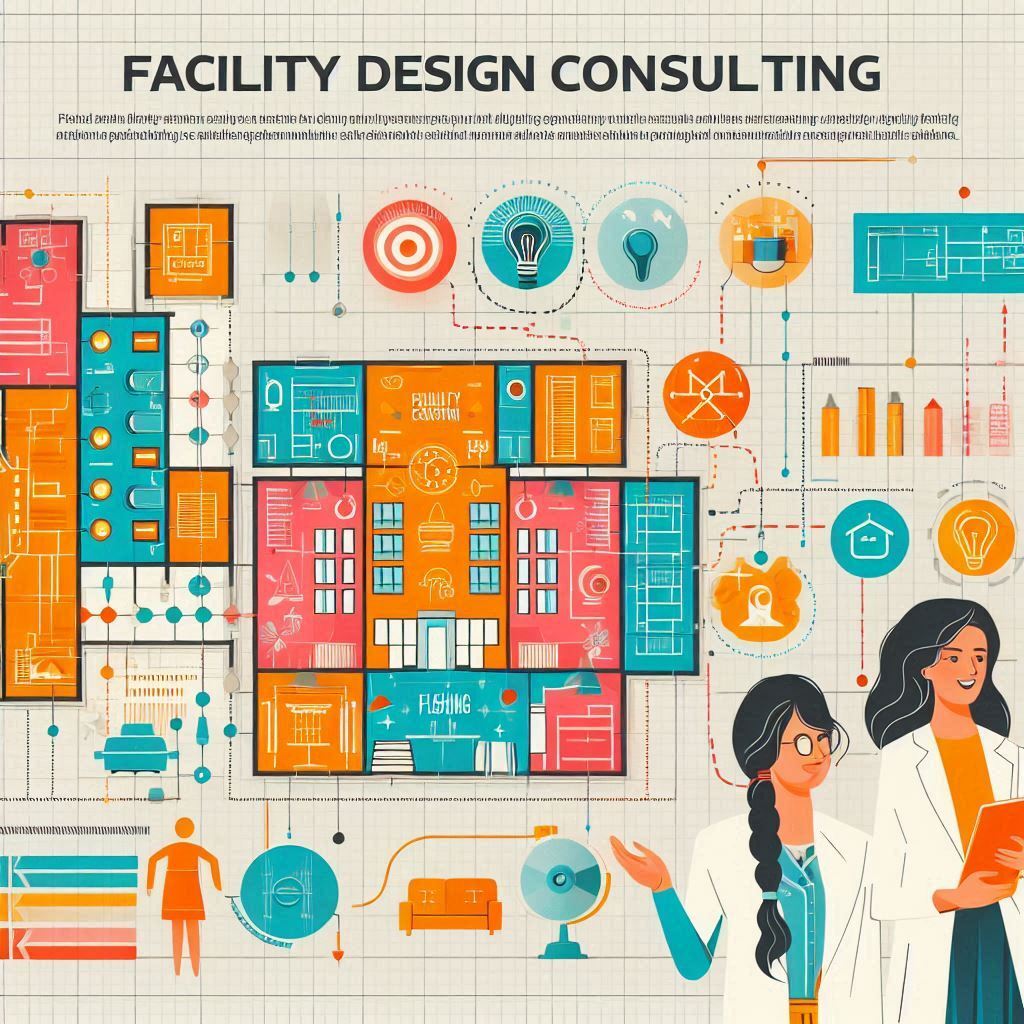

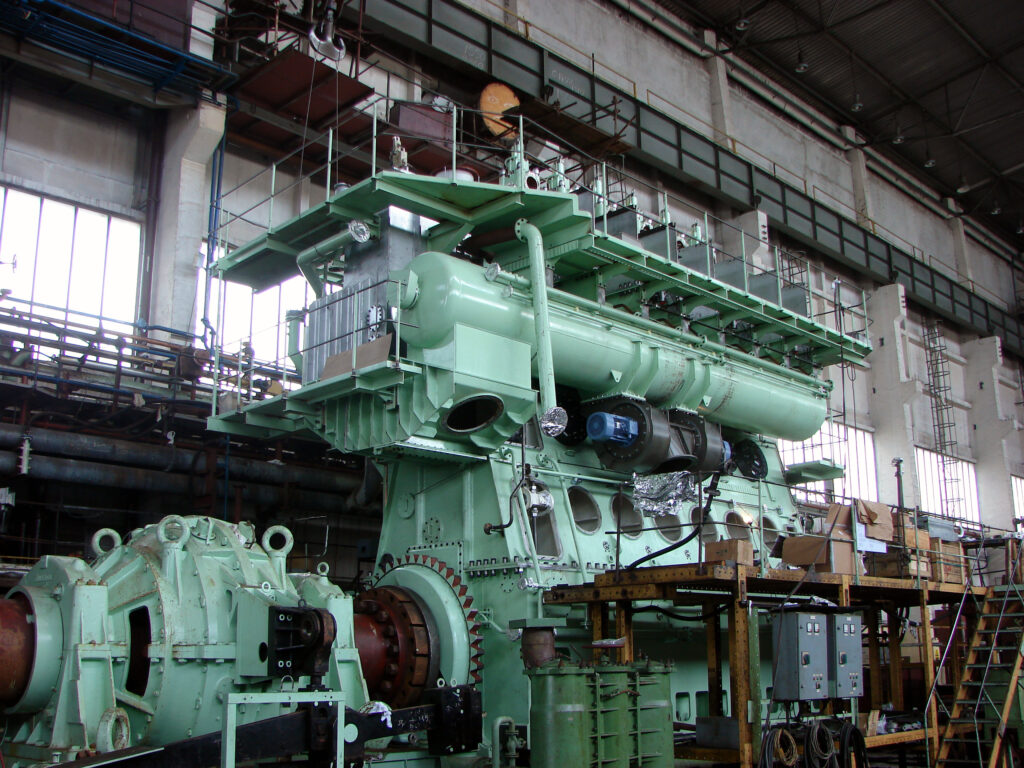
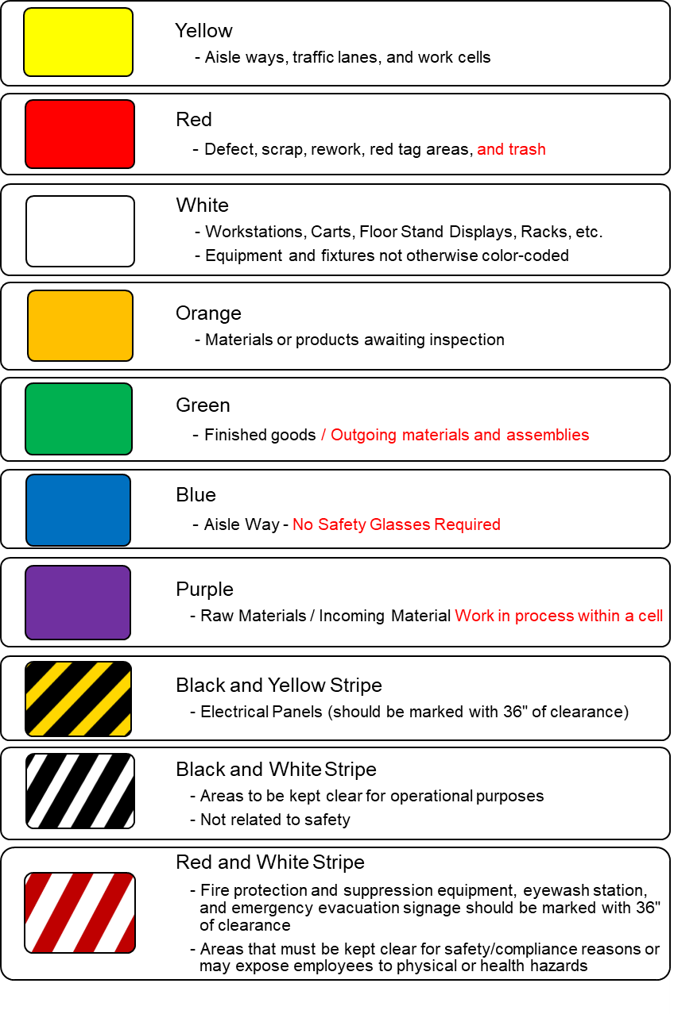
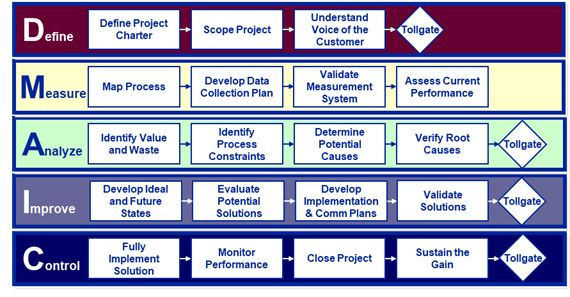



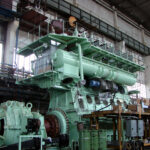
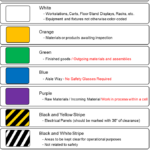
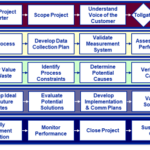
Leave a Reply